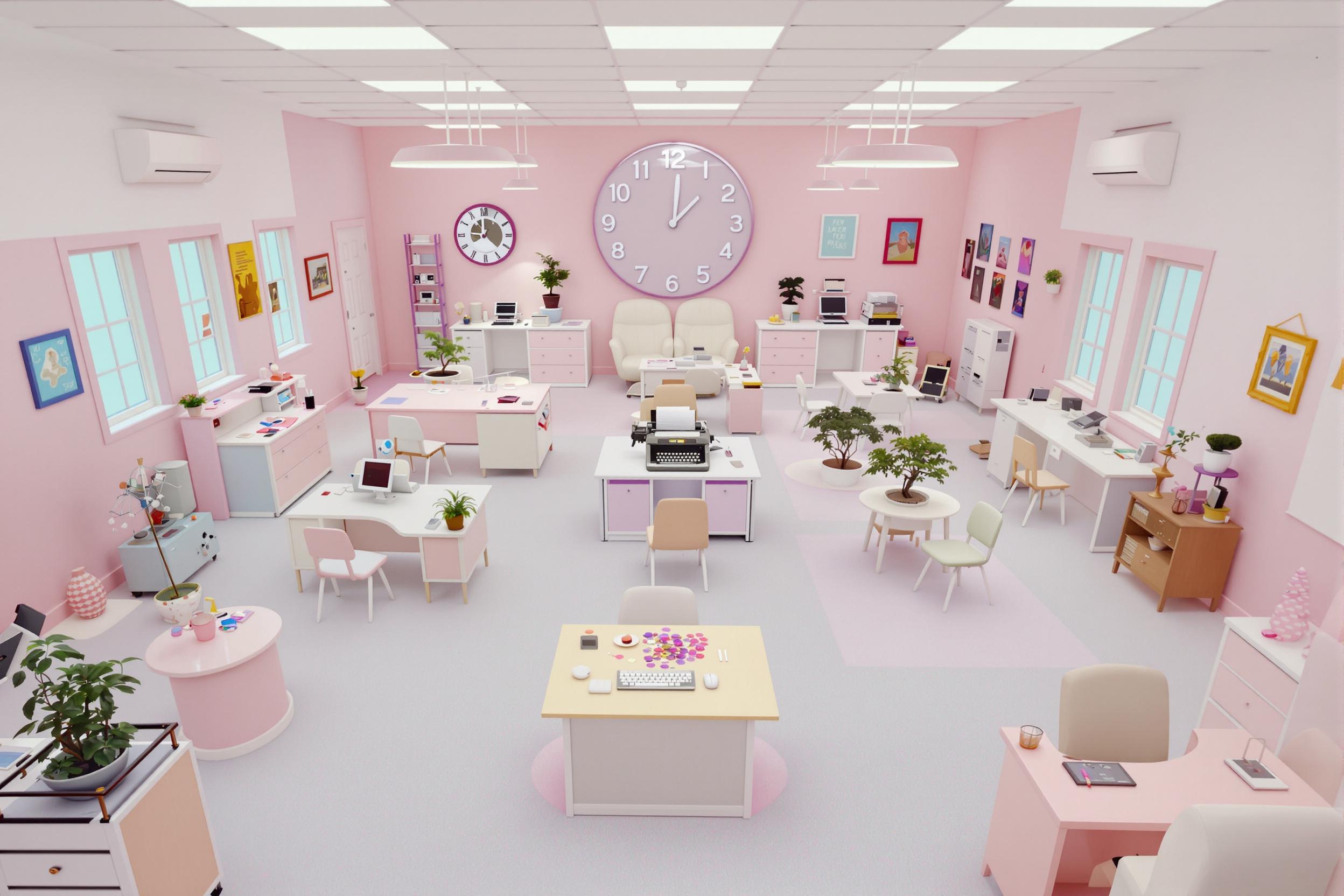
Reverb
Reverb is a sound effect that creates a sense of space and depth in music, mimicking how sound bounces around in different environments like concert halls or rooms. It's one of the most common and important effects in music production. When you see this term in resumes, it usually refers to either the ability to work with reverb effects in music production software, or experience with reverb hardware units. Think of it like adding atmosphere to a photo - it helps make music sound more natural and professional instead of flat and artificial.
Examples in Resumes
Applied Reverb effects to create depth in vocal recordings for commercial projects
Designed custom Reverb settings for live concert venues
Mixed albums using professional Reverb units and plugins
Typical job title: "Audio Engineers"
Also try searching for:
Where to Find Audio Engineers
Online Communities
Professional Networks
Job Boards
Example Interview Questions
Senior Level Questions
Q: How do you approach using reverb in different genres of music?
Expected Answer: A senior engineer should discuss how different music styles need different reverb approaches - like longer reverbs for classical music, shorter ones for pop, and minimal reverb for hip-hop. They should mention real-world examples and problem-solving experiences.
Q: How do you handle reverb in a complex mix with many instruments?
Expected Answer: They should explain how to create space in a mix using different reverb types, managing frequencies, and avoiding muddiness when multiple instruments need reverb treatment.
Mid Level Questions
Q: What's the difference between reverb and delay?
Expected Answer: Should be able to explain in simple terms how reverb creates a sense of space while delay creates distinct echoes, and when to use each one.
Q: How do you use pre-delay in reverb and why is it important?
Expected Answer: Should explain how pre-delay helps create clarity in the mix and maintains the impact of the original sound while adding space.
Junior Level Questions
Q: What are the basic types of reverb?
Expected Answer: Should be able to describe main reverb types like hall, room, plate, and chamber in simple terms and their basic uses.
Q: How do you identify when there's too much reverb in a mix?
Expected Answer: Should describe basic problems like muddiness, lack of clarity, or loss of impact in the music, and how to recognize these issues.
Experience Level Indicators
Junior (0-2 years)
- Basic reverb plugin operation
- Understanding of common reverb types
- Simple mix adjustments
- Basic DAW operation
Mid (2-5 years)
- Advanced reverb parameter control
- Multiple reverb setup management
- Genre-specific reverb application
- Hardware reverb unit operation
Senior (5+ years)
- Complex reverb routing and processing
- Custom reverb design
- Mixing in professional studios
- Project leadership and mentoring
Red Flags to Watch For
- No understanding of basic reverb types and their uses
- Inability to identify when reverb is causing mix problems
- No experience with professional audio equipment
- Lack of ear training or critical listening skills
Related Terms
Need more hiring wisdom? Check these out...

Who’s Really Running Your Interviews? How to Reduce Bias in Remote Hiring

Step Into Our World: How Pre-Recorded Virtual Workplace Tours Are Changing The Recruitment Game

Triple Your Talent Pool Overnight: The Untapped Power of Employee Referrals

